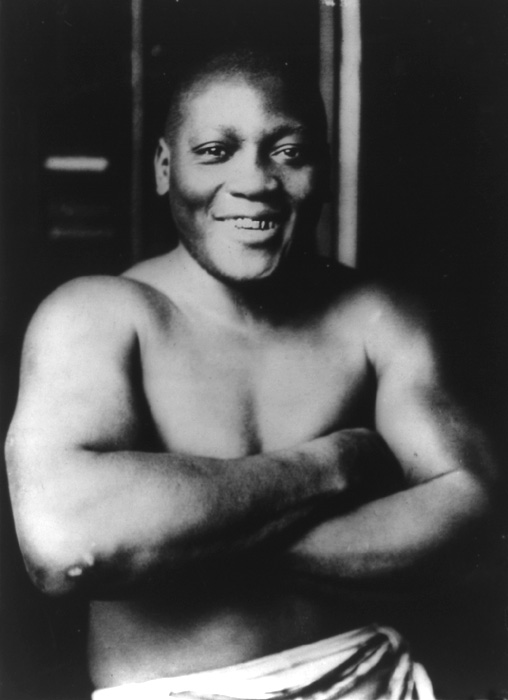When film making emerged from its experimental phase in the early years of the 20th century, most silent movies featured visualizations of then-familiar themes, such as Jules Verne’s Voyage to the Moon or depictions of religious figures or educational topics.
As the topics became riskier—burglaries, train robberies, a stolen kiss in a shoe store—the themes became more threatening to the old cultural elites. Even the mere fact that young people were congregating in dark, crowded theaters — instead of well-lit churches or lecture halls — was alarming to advocates of refined culture, especially in the older generation. Some, like the much-admired social reformer Jane Addams, worried that the “corrupt” art of movies was replacing “true” drama, which was needed to satisfy the craving for a higher concept of life. If young people “forecast their rose colored future only in a house of dreams,” Addams said, society would founder on a “skepticism of life’s value.”
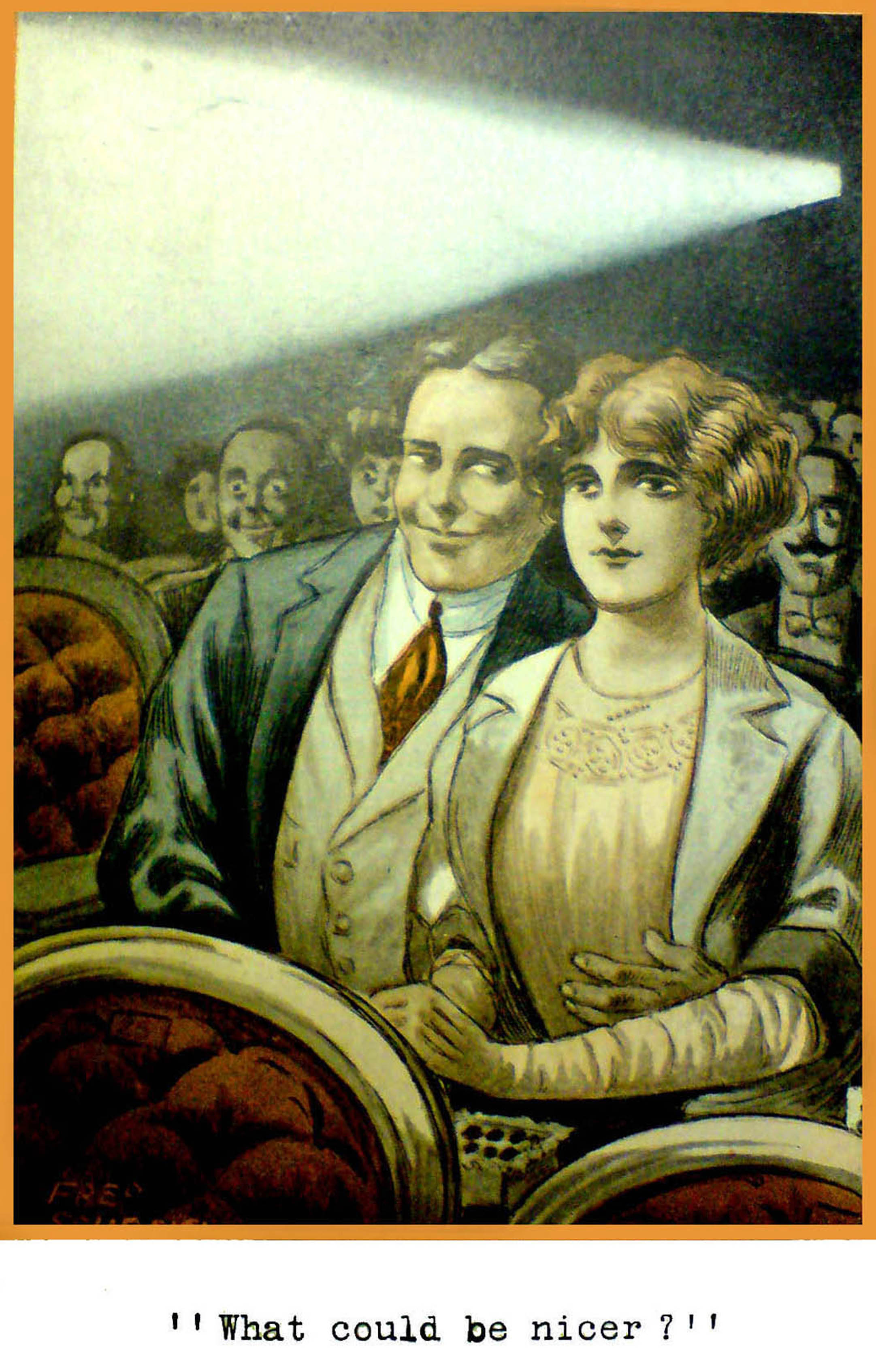
British postcard c. 1910.
A more immediate cause for trouble was the carnival atmosphere and sexually suggestive songs and dances found in movie districts. The showdown came on Christmas Day, 1908, in New York. Reacting to testimony from religious groups that movies involved “profit from the corruption of the minds of children,” the mayor revoked the licenses of 540 motion picture halls. Mayors in other cities quickly followed suit. In response, movie theater owners formed an association and sued the city. “This sort of treatment can go in Russia, but it can’t go in this country,” one of the theater owners said. By January 7, 1909, the moralists lost the first round when the courts ruled that the mayor had no power to close all movie theaters, even though reasonable regulations over fire hazards and indecency could be imposed.
Race figured in another early round of film censorship, when, in 1912, Congress banned all boxing films. The film ban followed race riots in many US cities, with at least eight deaths, after theaters showed films of the first African-American heavyweight boxing champion, Jack Johnson winning the title in a well-publicized July 1910 match. Johnson beat James Jeffries, a white boxer who had been styled as the “great white hope.” (As depicted in a 1970 film, FYI). Historian Robert Niemi called the riots and resulting censorship an “exceedingly ugly episode in the appalling annals of American racial bigotry.”
Another controversy blew up over films about prostitution a few years later. Film makers used the pretext of a 1912 report on vice in New York to show supposedly moralistic films depicting the evils of the “white slave trade.” These “vice films” were often thinly disguised sensational and erotic glimpses into the world of prostitution, and they outraged moralists. Films like Damaged Goods, The House of Bondage and Guilty Man “will pour oil upon the flames of vice,” the New York Times said.
The contrast with newspapers is interesting. Newspaper publishers were successful when they used the same sensationalistic tactics a generation before. For example, William T. Stead, who published London’s Pall Mall Gazette, made an enormous profit exposing the “virtual slave trade” of London in 1883, treating the subject as a moral lesson but meanwhile providing plenty of salacious detail. Pulitzer and Hearst also used the cloak of morality to expose shocking tales of vice and intrigue.
Book authors in previous generations had also used this tactic: John Cleland’s Fanny Hill (1748), Daniel DeFoe’s Moll Flanders (1722), and Veronica Franco of Venice (mid-1500s) were more or less successful at being both sensational and also delivering a moral message.
But film was new, and not protected under the First Amendment at the time. As a New York judge said in 1913, film “tends to deprave the morals of those whose minds are open to such influences.”
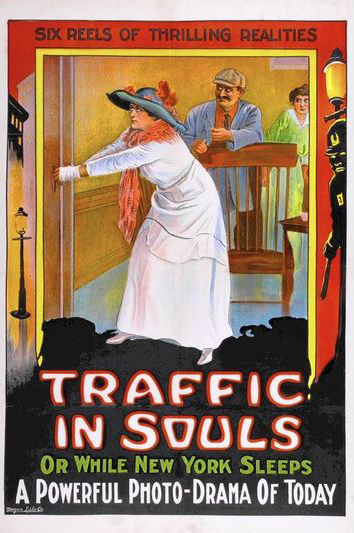
A 1913 film about prostitution in the US.
Although film makers said they were fighting for freedom of speech, newspapers reported the issue in terms of films being “withdrawn” rather than “censored.”
MPPC Trust busted
Around this time, Thomas Edison, a social conservative who owned many US patents for film cameras and projectors, attempted to control both the business and its cultural impacts by forming the Motion Picture Patents Company in 1908.
Like other monopolies at the time, the MPPC was known as a “trust.” The MPPC “Edison Trust” included US filmmakers like Biograph and Vitagraph, and French filmmakers like Méliès and Pathé. But it did not include independent US film makers. The MPPC tried to stabilize a chaotic industry by setting standards and sharing patents, but as a monopoly, they were also able to keep independents from exhibiting in theaters or using their equipment.
At the same time, the MPPC also formed a national censorship board to exclude anything that seemed immoral, leading the crusade for “moral purification” of movies. But like other technological monopolies, the Edison Trust’s attempt to control the business failed. The independents, especially the founders of Universal, Paramount and Twentieth Century Fox studios, moved away from the East coast to California, where mild weather and distance from the Edison company allowed feature film expansion. Then too, the dominance of European films from Méliès and Pathé ended abruptly with the outbreak of World War I in 1914.
The emerging film industry went to the courts for protection. In 1915, independent producers, contending that Edison’s MPPC was an illegal monopoly, won a Supreme Court decision in United States v. Motion Picture Patents Company. That same year, the court also eased the fears of social conservatives in a related case, Mutual Film v. Industrial Commission of Ohio, ruling that films are not protected by the First Amendment. Cities and states were then free to set standards and film censorship boards of their own, and many did.
Censorship in Chicago
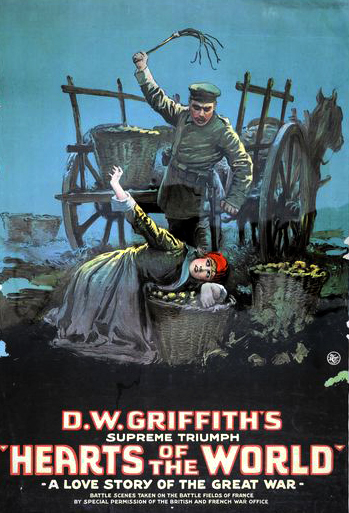
Banned in Chicago: Films that ridiculed nationalities, ethnic groups or religions were prohibited in 1917.
Morality was the main topic of censorship in Chicago, Illinois, when, in 1907, the city formed a 10-man squad to shut down offensive films depicting “scenes of a morbid or criminal nature” or vaudeville acts with immoral songs or sketches. By 1913, the problem had apparently become so severe that on March 21, the city appointed Metellus Lucullus Cicero Funkhouser as a deputy police commissioner and guardian of the city’s morals.
Funkhouser was strict in his interpretation of the morality code, for example, banning an instructional movie on how to dance the hesitation waltz, the turkey trot and the tango. “After witnessing these professional performers go through these dances in a carefully regulated way, (the young people) will go to the public dance halls and try them,” Funkhouser explained. “That is where the danger is. Most of these halls either sell liquor or are close to the places where it is sold. Think of a young girl or a young man with two or three drinks down trying these dances.”
The film industry complained that “Major Funkhouser even rejects comedies, and if we show him a picture where a policeman is taking a peanut from a stand he rejects the whole subject.”
In 1917, Funkhouser banned “Spirit of ’76,” a patriotic movie about the American Revolution, since it “contains matters offensive to Great Britain.” Funkhouser also rejected “The Little American ” (a film about a woman who falls in love with both a French and a German soldier) and Hearts of the World, a propaganda film by DW Griffith commissioned by the British government. “The Germans of this country didn’t start the war,” Funkhouser told the Chicago Tribune. “Do you think it would be right to show a picture that would offend so many of our good citizens?”
Racist state censorship boards in the South
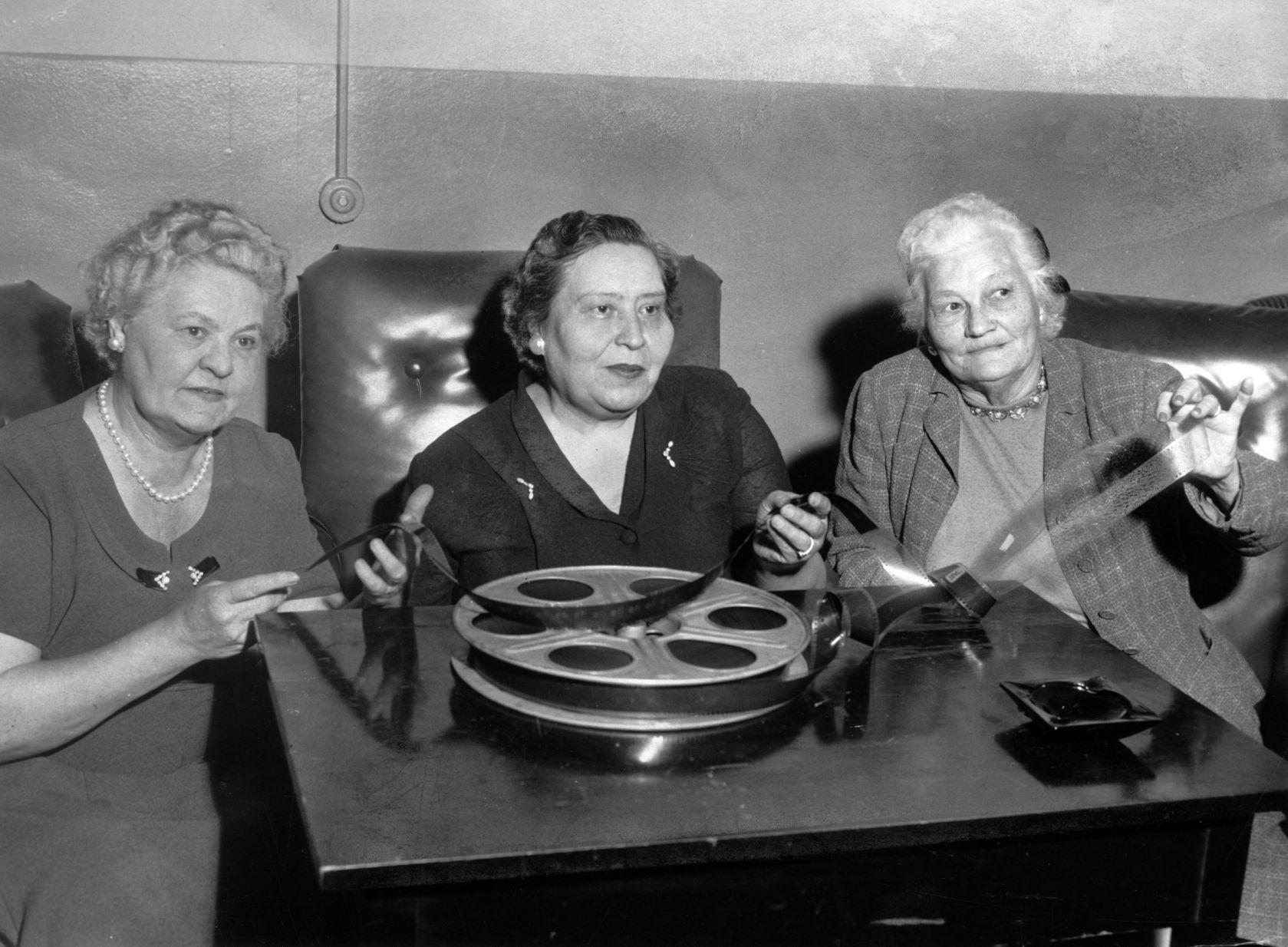
Pictured here are Virginia film censors Mrs. Herbert Gregory, Mrs. Russell Wagers, and Mrs. Irving Whitehead in 1958. (At the time, the husband’s name was preferred for formal use.) State film censorship ended on June 30, 1966, but it took fourteen years to follow the 1952 US Supreme Court case decision that ensured First Amendment protection for film — Burstyn v Wilson.
Between 1907 and 1922, most states set up censorship boards with the power to order changes or outright bans of movies.
Virginia became one of the leaders in the South, and the State Board of Censors watched 52,000 films and required edits for over 2,000 of them. Another 157 were rejected.
The board focused on morality and crime, but also rejected films that showed any kind of role for African Americans that was not subservient. Only stereotypical African American images, such as maids, butlers, and criminals would be portrayed in movies.
Oscar Micheaux, one of the first African American film makers, tried to accurately depict conditions for black Americans, and as a result, the Virginia film board did their best to undermine him. One of the first film board members, Evan Chesterman, wrote in a 1925 report that Micheaux’s production company was, “a negro corporation, whose output is designed solely for colored houses, and whose actors, almost without exception, are colored people, has been severely disciplined on account of its infelicitous, not to say dangerous, treatment of the race question.”
The danger of course was that Micheaux’s films might challenge the strict code of white supremacy. In his 1924 film Birthright, for example, Micheaux depicted the homecoming of a Southern Black man who finishes his education at Harvard and hopes to establish a school for African American children. The film was a sharp condemnation of racial segregation and Jim Crow laws, and it was never approved by the Virginia board of censors.
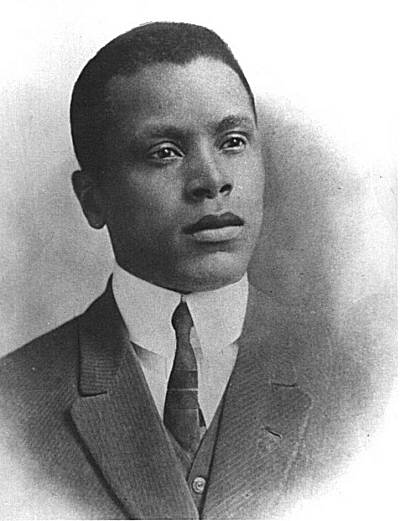
Oscar Micheaux was punished for trying to accurately depict the lives of African Americans in his 44 films.
In July 1924, the board als0 rejected Micheaux’s film, A Son of Satan, for depicting race riots, the murder of a Ku Klux Klan member, and scenes which caused “blurring of racial lines in public spaces such as dance halls.” These, the board sniffed, would “prove offensive to Southern ladies.” After paying a fine and making some cuts, the film was eventually licensed in Virginia.
Micheaux produced films at a studio in Roanoke, Virginia between 1923 and 1925, but eventually left for more congenial working environments.
In March 1927, Micheaux’s The House Behind the Cedars, generated even more controversy as the board decided that films themselves were not the proper media for discussions and depictions of race issues. The House Behind the Cedars had the potential to incite crime through race riots, the board said. Micheaux objected, noting that the film had been adapted from a 30 year old book. He added that the film had screened in other states without problems. Micheaux once again agreed to make cuts to his film, and the board finally licensed The House behind the Cedars.
Hollywood reacts to state censorship with the “Production Code”
Hollywood did not appreciate the patchwork state by state approach to censorship, and reacting to a series of movie industry scandals fanned by Hearst newspapers, the film industry formed the Motion Pictures Production and Distributors Association in 1922 (which became the Motion Picture Association of America in 1945). Headed by Will H. Hayes, the MPAA fought both federal proposals for film censorship and critics within the movie industry who charged that it was a way to establish “complete monopoly” of major film producers over independent theater owners. This fight over control of theaters began an antitrust lawsuit that was finally settled in the United States v. Paramount case two decades later.

Pre-Code Hollywood films were experimental and frequently risqué, as seen in this still from the 1931 film Safe In Hell.
Between around 1928 and 1934, the advent of sound, along with the widespread corruption associated with Prohibition laws, led to a fascination with crime, sex and violence in what were known as “Pre-Code” Hollywood films. The reaction was the creation (in 1930) and then strong enforcement of the Hollywood Production Code (starting in 1934) under the MPPDA.
The code said: “No picture shall be produced that will lower the moral standards of those who see it.” Under the code, criminals could never win, and partial nudity, steamy sex scenes and homosexuality were all strictly banned. The code survived numerous court challenges until the 1960s. And yet, as a product of its times, the code did not prohibit narratives that encouraged racism or anti-semitism — ideas that are considered grossly immoral in the late twentieth century.
 The code also permitted the Catholic church and other moral authorities to exert enormous influence over film from the mid-1930s to the mid-1950s. Wikipedia has a long list of films banned by the Catholic Legion of Decency.
The code also permitted the Catholic church and other moral authorities to exert enormous influence over film from the mid-1930s to the mid-1950s. Wikipedia has a long list of films banned by the Catholic Legion of Decency.
Bans for religious reasons reached the courts through a 1952 censorship case. The film was of “The Miracle” by Italian director Roberto Rossellini. It questioned the concept of a virgin birth by telling a non-Biblical version of the story in modern-day Italy. The film was banned by the Catholic Church worldwide, but in the US, the ban was struck down as unconstitutional in Burstyn v Wilson,
By the 1960s, the Hayes code changed to a rating system (G, PG, PG-13, R and NC-17) that is still administered by the MPAA. On the plus side, the rating system address the concerns of parents who wanted to avoid having children exposed to adult ideas and themes.
However, the code also made it more difficult for independent filmmakers to compete against the big studios and it contributed to the Hollywood domination of international cinema well into the twenty-first century. Modern critics contend that a secretive private ratings system, without an open appeals process, still amounts to a form of censorship and discrimination in favor of major studios against independent film makers.
Additional resources on film censorship:
-
- Beacon for Freedom of Expression — An international source of information about censorship.
- Hwang, J. “From Spectacle to Speech: The First Amendment and Film Censorship, ” Hastings Constitutional Law Quarterly, Winter, 2014.
- Censorship — European History Online.
- Gregory Black, Hollywood Censored: Morality Codes, Catholics, and the Movies (Cambridge, UK: Cambridge U. Press, 1994), 30.
- The Celluloid Closet
- Censoring “Sixteen Tons”
- Oscar Micheaux at American Film Institute

